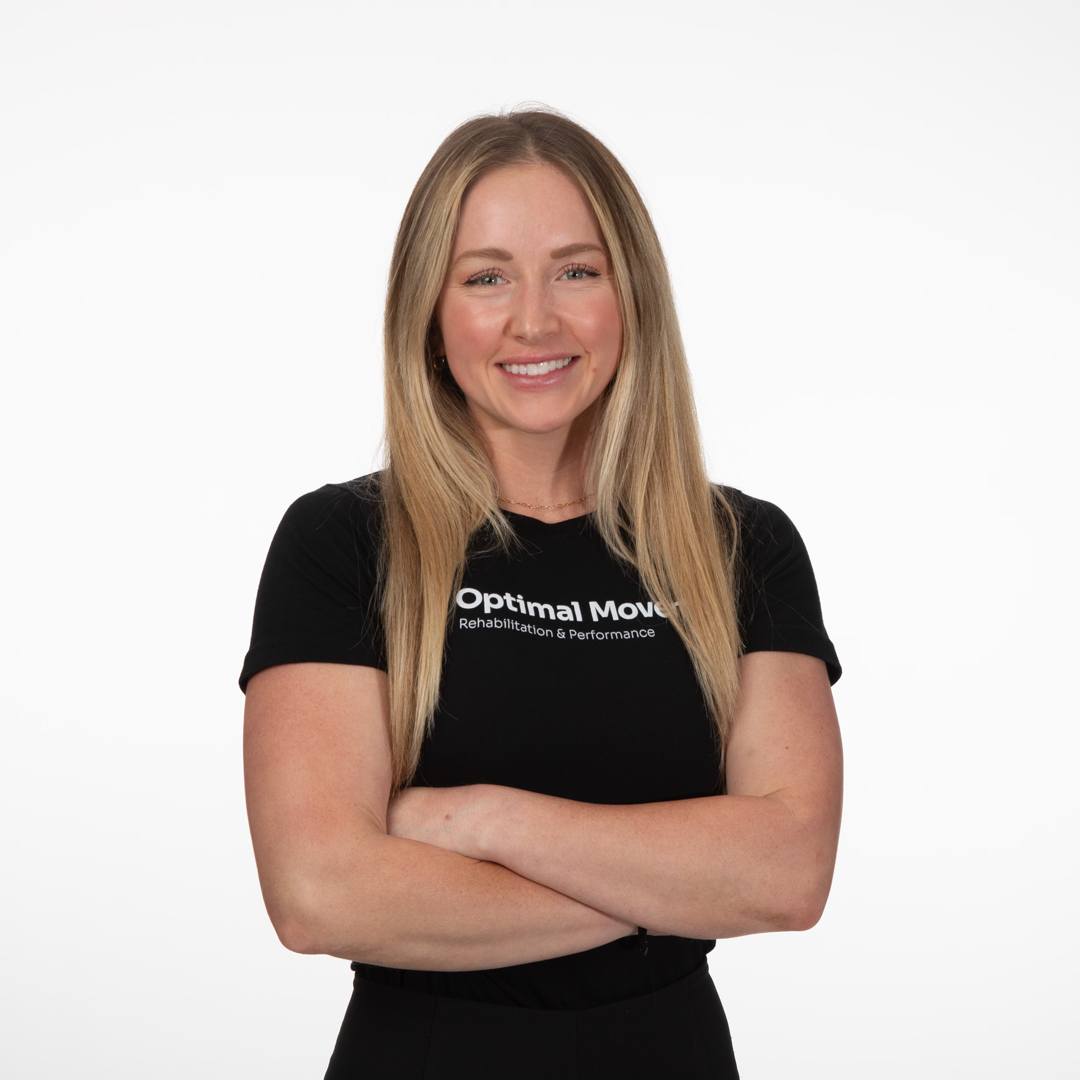At Optimal Movement, we understand the importance of maximizing your healthcare benefits, even if we operate as an out-of-network provider for physical therapy services. We’re here to guide you through the process of using your out-of-network benefits and submitting a claim to your insurance company.
Using Out-of-Network Benefits:
While we may not be directly contracted with your insurance provider, many insurance plans offer out-of-network benefits that allow you to seek care from providers outside of their network. These benefits often cover a portion of the cost of services, making quality care more accessible and affordable.
To determine if you can use your out-of-network benefits for physical therapy services at Optimal Movement, we recommend contacting your insurance provider directly. Here are the steps involved in using your out-of-network benefits and submitting a claim to your insurance:
1. Verify Coverage: Contact your insurance provider to inquire about your out-of-network physical therapy benefits. Ask about coverage details, including deductible, coinsurance, and any limitations or exclusions that may apply.
2. Schedule an Appointment: Once you’ve confirmed your out-of-network benefits, schedule an appointment with us. Our team will work with you to develop a personalized treatment plan tailored to your needs and goals.
3. Pay for Services: At the time of your appointment, you’ll be responsible for paying the full cost of the services rendered. We accept various forms of payment, including cash, credit/debit cards, and flexible spending account (FSA) or health savings account (HSA) cards.
4. Obtain a Detailed Receipt: Upon payment, you will receive a detailed receipt, also known as a superbill, that outlines the services provided, charges incurred, and our provider information.
5. Submit a Claim: You can submit the detailed receipt (superbill) to your insurance company for reimbursement. Follow your insurance provider’s specific instructions for submitting out-of-network claims, which may include mailing the receipt or submitting it online through their member portal.
6. Reimbursement: Once your insurance company processes the claim, they will reimburse you for the eligible portion of the services based on your out-of-network benefits. Reimbursement rates vary depending on your insurance plan and coverage details.
Assistance and Support:
Navigating insurance coverage can sometimes be complex, but our team at Optimal Movement is here to assist you every step of the way. If you have any questions or need assistance with submitting a claim to your insurance, please don’t hesitate to reach out to us. We’re committed to ensuring that you receive the care you need while maximizing your insurance benefits.
We’re dedicated to providing you with exceptional care and support on your journey to improved health and well-being. Contact us today to schedule your appointment or learn more about our services.
Please note: You may choose to submit bills following each visit, one time per month, or at any other interval, typically up to one year following your treatment visit.

